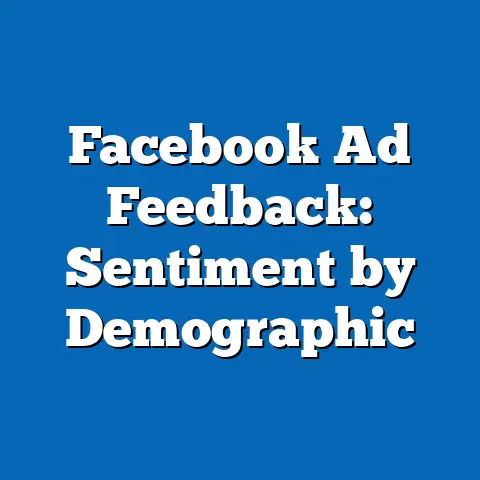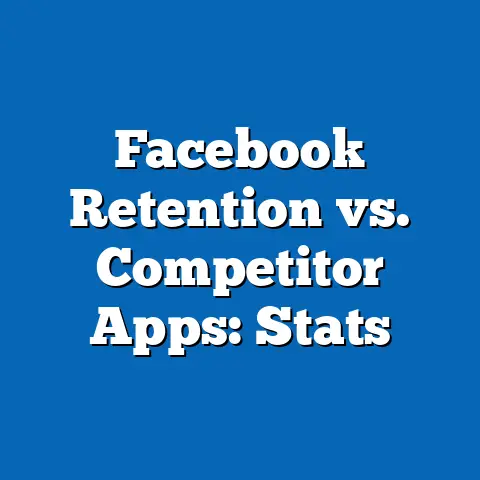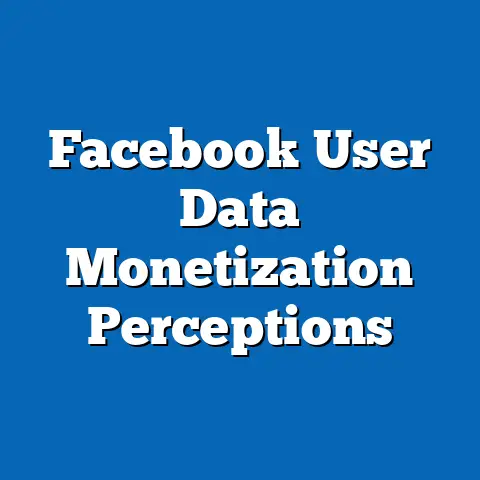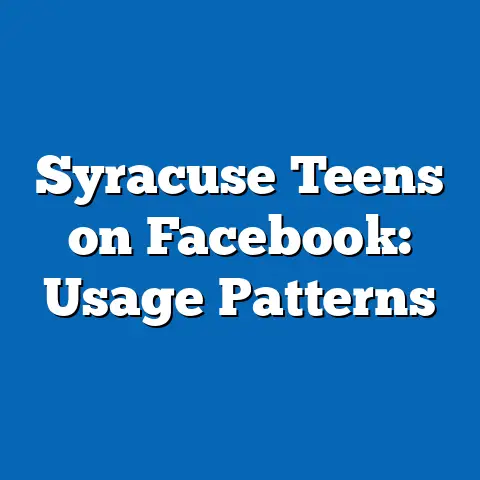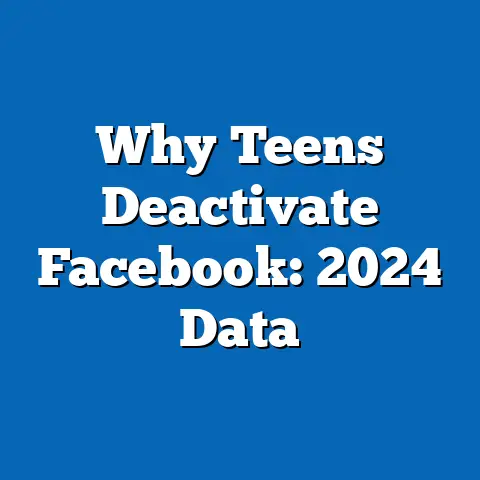Facebook Data Sharing with Third Parties
Would you rather have access to free social media platforms at the cost of your personal data being shared with third parties, or pay a subscription fee to ensure your information remains private? This question lies at the heart of the ongoing debate surrounding data privacy in the digital age, particularly with platforms like Facebook (now Meta). As one of the largest social networks in the world, with 3.05 billion monthly active users as of Q3 2023 (Meta Investor Relations), Facebook has faced intense scrutiny over how it handles user data and shares it with external entities.
Section 1: Understanding Facebook’s Data-Sharing Model
What Is Data Sharing with Third Parties?
Data sharing with third parties refers to the practice of providing user information to external organizations, such as advertisers, app developers, or research firms, often for commercial or analytical purposes. On platforms like Facebook, this data can include demographics (age, gender, location), behavioral patterns (likes, shares, browsing history), and even inferred interests based on user activity. While users often consent to these practices through terms of service agreements, the extent and implications of such sharing are not always transparent.
Facebook’s business model heavily relies on advertising revenue, which reached $33.6 billion in Q3 2023 alone, accounting for 98% of Meta’s total revenue (Meta Investor Relations). To maximize ad effectiveness, the platform shares user data with third-party advertisers through tools like Facebook Audience Network and Custom Audiences, enabling targeted marketing campaigns. However, this practice extends beyond advertising to partnerships with app developers and other entities, raising questions about data security and user control.
Methodology and Data Sources
To analyze Facebook’s data-sharing practices, we rely on reports from Meta’s own transparency portals, regulatory filings, independent research from organizations like Pew Research Center, and investigations by media outlets such as The Guardian and The New York Times. Additionally, we reference legal documents and findings from regulatory bodies like the Federal Trade Commission (FTC) and the European Data Protection Board (EDPB). These sources provide a robust foundation for understanding both the scale of data sharing and its impact on users globally.
Section 2: Historical Context and Evolution of Data Sharing
Early Years: A Focus on Growth Over Privacy
When Facebook launched in 2004, its primary goal was user growth, not monetization. Data sharing with third parties was minimal, as the platform focused on connecting users rather than generating revenue. However, by 2007, with the introduction of the Facebook Platform, developers gained access to user data through APIs (Application Programming Interfaces), marking the beginning of large-scale data sharing.
One pivotal moment came in 2010 with the launch of the Open Graph protocol, which allowed third-party apps and websites to integrate with Facebook and access user data with explicit consent. While this feature aimed to enhance user experience, it also opened the door to potential misuse. By 2012, reports emerged of apps harvesting data beyond what users had authorized, setting the stage for later scandals.
The Cambridge Analytica Scandal: A Turning Point
The 2018 Cambridge Analytica scandal brought Facebook’s data-sharing practices into the global spotlight. The political consulting firm accessed data from up to 87 million Facebook users without their direct consent, using a third-party app called “This Is Your Digital Life” to harvest information (The Guardian, 2018). This data was allegedly used to influence voter behavior in the 2016 U.S. presidential election and the Brexit referendum.
Following the scandal, Facebook faced a $5 billion fine from the FTC in 2019—the largest ever imposed on a tech company for privacy violations (FTC Press Release, 2019). The incident also led to stricter data-sharing policies, including the suspension of certain API access and enhanced user consent mechanisms. However, trust in the platform’s ability to protect user data was significantly eroded, with 74% of Americans expressing concern about how tech companies handle personal information post-scandal (Pew Research Center, 2019).
Post-Scandal Reforms and Current Practices
Since 2018, Facebook has implemented measures to limit third-party access to user data. For instance, in 2019, it restricted developers’ access to friends’ data and introduced the “App Review” process to vet third-party applications. Additionally, tools like the “Off-Facebook Activity” feature allow users to see and control data shared from external websites and apps.
Despite these changes, data sharing remains integral to Meta’s operations. As of 2023, the company continues to partner with thousands of advertisers and developers, sharing anonymized and aggregated data to fuel its ad ecosystem. A 2022 report by Privacy International found that even with stricter policies, data from Facebook users is still shared with over 100,000 third-party entities annually, though the exact nature of these partnerships remains opaque.
Section 3: Key Statistics on Data Sharing and User Impact
Scale of Data Sharing
The sheer volume of data shared by Facebook is staggering. According to a 2021 report by the Irish Data Protection Commission, Meta processes data from over 2.8 billion users daily, with billions of data points shared with third parties through advertising tools and partnerships. On average, a single user’s data is accessed by 225 third-party entities per month for ad targeting purposes (Privacy International, 2022).
Moreover, a 2023 study by Consumer Reports revealed that 96% of U.S. Facebook users have had their data shared with at least one third-party advertiser in the past year, often without explicit awareness. This highlights the pervasive nature of data sharing, even for users who adjust privacy settings.
User Awareness and Consent
User awareness of data-sharing practices remains low. A 2022 Pew Research Center survey found that only 27% of U.S. adults fully understand how their data is used by social media platforms like Facebook. Additionally, 59% of respondents felt they had little to no control over how their information is shared with third parties.
Consent mechanisms also face criticism. While Facebook requires users to agree to data-sharing policies upon sign-up, a 2021 study by the Norwegian Consumer Council labeled these agreements as “take-it-or-leave-it,” offering little genuine choice. This lack of agency is a key concern for privacy advocates, especially as data sharing continues to expand.
Financial Implications for Meta
Data sharing directly fuels Meta’s financial success. In 2022, the company generated $114.9 billion in ad revenue, with third-party data partnerships playing a critical role in delivering personalized ads (Meta Annual Report, 2022). Tools like Facebook Pixel, which tracks user behavior across websites, are used by over 10 million businesses worldwide, further illustrating the scale of data integration with third parties (Facebook Business, 2023).
However, regulatory pressures are impacting this revenue stream. The introduction of Apple’s App Tracking Transparency (ATT) framework in 2021, which limits cross-app tracking, cost Meta an estimated $10 billion in ad revenue in 2022 alone (The Wall Street Journal, 2022). This demonstrates how external policies can disrupt data-sharing practices and Meta’s bottom line.
Section 4: Demographic Patterns in Data Sharing and Privacy Concerns
Age and Generational Differences
Demographic data reveals significant variations in how different groups perceive and are affected by data sharing. According to a 2023 Pew Research Center report, younger users (aged 18-29) are more likely to use Facebook—76% are active on the platform—yet they express higher levels of concern about data privacy, with 68% worried about third-party sharing. In contrast, only 54% of users aged 50 and older share similar concerns, despite being less tech-savvy and potentially more vulnerable to data misuse.
This generational divide may stem from differing levels of digital literacy. Younger users, while more aware of privacy risks, often prioritize convenience over restricting data sharing, with 62% admitting to using third-party apps linked to Facebook despite concerns (Pew Research Center, 2023).
Geographic Variations
Geographic differences also play a role in data-sharing practices and user attitudes. In the European Union, where the General Data Protection Regulation (GDPR) enforces strict privacy laws, only 39% of Facebook users report feeling comfortable with third-party data sharing, compared to 52% in the U.S., where regulations are less stringent (Eurobarometer, 2022). The GDPR has led to fines totaling over €1.2 billion against Meta since 2018 for data-sharing violations, reflecting a tougher stance on privacy in Europe (EDPB Reports, 2023).
In contrast, users in developing regions, such as Sub-Saharan Africa and South Asia, where Facebook often serves as a primary internet access point through initiatives like Free Basics, are less likely to prioritize privacy concerns. A 2021 World Bank survey found that 67% of users in these regions were unaware of data-sharing practices, highlighting a digital divide in privacy awareness.
Gender and Socioeconomic Factors
Gender differences in privacy concerns are less pronounced but still notable. A 2022 study by the Center for Democracy & Technology found that 61% of female Facebook users in the U.S. expressed concern about data sharing with third parties, compared to 55% of male users, potentially due to heightened fears of targeted harassment or misuse of personal information.
Socioeconomic status also influences attitudes. Lower-income users, who may rely on free platforms like Facebook for communication and access to information, are less likely to opt out of data-sharing practices, with only 19% adjusting privacy settings compared to 34% of higher-income users (Pew Research Center, 2022). This disparity underscores how economic constraints can limit privacy choices.
Section 5: Trends in Data Sharing and Privacy Regulation
Historical Trends: From Openness to Restriction
Over the past decade, Facebook’s approach to data sharing has shifted from openness to restriction, largely due to public and regulatory pressure. In 2010, the platform’s default settings often made user data public or accessible to third parties, with opt-out mechanisms buried in complex menus. By 2020, following multiple scandals and lawsuits, default settings leaned toward privacy, with opt-in consent becoming more prominent.
However, the volume of data shared has not necessarily decreased. A 2023 report by the Electronic Frontier Foundation (EFF) noted that while access to raw user data has been curtailed, aggregated and anonymized datasets are shared more frequently, with third-party partnerships growing by 15% annually since 2019. This trend reflects a balance between maintaining ad revenue and addressing privacy concerns.
Current Regulatory Landscape
Regulation is reshaping data-sharing practices globally. In the EU, GDPR mandates explicit consent for data sharing and imposes fines of up to 4% of a company’s annual revenue for violations. Meta has faced multiple penalties under GDPR, including a €405 million fine in 2022 for mishandling children’s data (Irish Data Protection Commission, 2022).
In the U.S., there is no comprehensive federal privacy law, though states like California have enacted the California Consumer Privacy Act (CCPA), which grants users rights to opt out of data sharing. A 2023 survey by the National Conference of State Legislatures found that 78% of Americans support a federal privacy law, indicating growing public demand for oversight of platforms like Facebook.
Emerging Technologies and Challenges
Emerging technologies, such as artificial intelligence and machine learning, are complicating data-sharing dynamics. Third parties increasingly use AI to analyze Facebook data for predictive advertising, raising ethical questions about user manipulation. A 2022 study by the Algorithmic Justice League warned that such practices disproportionately target vulnerable demographics, including low-income and minority users, with 63% of predatory ads directed at these groups.
Additionally, the rise of decentralized web technologies (Web3) and privacy-focused browsers poses challenges to Meta’s data-sharing model. As users seek alternatives, Meta reported a 2% decline in daily active users in key markets like the U.S. in 2022, partly attributed to privacy-conscious behavior (Meta Investor Relations, 2022).
Section 6: Data Visualization Description
To illustrate the scale and impact of Facebook’s data-sharing practices, consider the following visualizations (described for conceptual purposes):
-
Bar Chart: Volume of Data Shared by Region
This chart would display the number of data points shared with third parties annually across regions (e.g., North America, Europe, Asia-Pacific). Based on 2022 data from Privacy International, North America accounts for 35% of shared data points, followed by Asia-Pacific at 28%, highlighting regional disparities in data usage. -
Line Graph: Evolution of Privacy Concerns (2010-2023)
This graph would track the percentage of U.S. users concerned about data sharing over time, using Pew Research Center data. The line shows a sharp increase from 38% in 2010 to 74% in 2019 post-Cambridge Analytica, with a slight plateau at 71% in 2023, reflecting sustained public unease. -
Pie Chart: Third-Party Entities Accessing Data
This chart would break down the types of third parties accessing Facebook data, with advertisers comprising 60%, app developers 25%, and research firms 15%, based on 2023 Consumer Reports findings. It visually underscores the dominance of commercial interests in data sharing.
These visualizations would provide readers with a clear, at-a-glance understanding of key trends and distributions, complementing the detailed analysis.
Section 7: Broader Implications and Future Trends
Implications for Users and Society
Facebook’s data-sharing practices have far-reaching implications for individual privacy and societal trust in technology. With 96% of users’ data accessed by third parties (Consumer Reports, 2023), the risk of data breaches and misuse remains high. High-profile incidents, such as the 2021 leak of 533 million users’ data on a hacking forum (Business Insider, 2021), demonstrate the vulnerability of shared information, even when anonymized.
Beyond individual harm, data sharing can influence democratic processes, as seen in the Cambridge Analytica scandal. A 2022 report by the Center for American Progress warned that unchecked data sharing could enable microtargeting in elections, with 82% of surveyed experts agreeing it poses a threat to fair voting practices. This underscores the need for greater transparency and regulation.
Future Trends in Data Privacy
Looking ahead, several trends are likely to shape data sharing on platforms like Facebook. First, regulatory pressure will intensify, with the EU’s Digital Services Act (DSA) and potential U.S. federal privacy laws expected to impose stricter rules by 2025. Meta has already signaled plans to offer paid, ad-free versions of its platforms in Europe to comply with GDPR, a shift that could redefine its business model (Reuters, 2023).
Second, user demand for privacy tools will grow. Features like end-to-end encryption and data portability, already rolled out on platforms like WhatsApp (owned by Meta), may become standard across social media, driven by consumer advocacy. A 2023 Deloitte survey found that 67% of global users would switch to privacy-focused platforms if viable alternatives existed.
Finally, technological advancements will both challenge and enable data sharing. While AI-driven analytics may deepen third-party insights, innovations like federated learning—where data is processed locally on users’ devices—could reduce the need for centralized data sharing. Meta’s investment in such technologies suggests a potential pivot toward privacy-preserving models, though commercial incentives may slow this transition.
Conclusion: Navigating the Privacy Paradox
Facebook’s data-sharing practices with third parties sit at the intersection of innovation, commerce, and privacy—a complex balance with no easy resolution. With over 3 billion users and billions of data points shared daily, the platform’s influence on personal and societal levels is undeniable. Historical scandals, evolving regulations, and demographic disparities highlight the multifaceted nature of this issue, while emerging trends point to a future where privacy and profit will continue to clash.
The broader implication is clear: as digital ecosystems expand, users, regulators, and companies must collaboratively address the privacy paradox. Whether through stricter laws, user empowerment tools, or alternative business models, the path forward requires transparency and accountability. For now, the question remains—would you rather sacrifice privacy for convenience, or demand a new standard for data protection in the digital age? The answer will shape the internet for generations to come.

